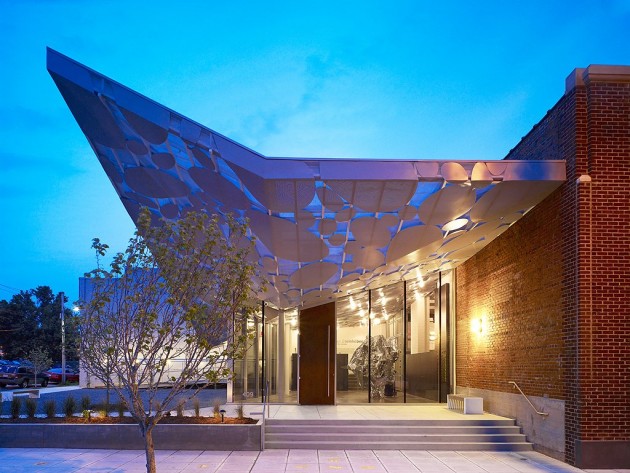Making a home 100% burglar-
proof is not totally impossible, but it would be outrageously expensive and overshoot the target (more on that in an upcoming post–stay tuned).
Certainly a professional home security system can prevent losses.
But you better also prepare for burglars once they entered your house. Not taking a few extra steps – by protecting personal data, computer equipment, electronics and such from theft, fire and other dangers – is asking for trouble. Let’s highlight the hot spots:
Make sure you're insuredTake a look around your office. Are you properly insured for all of your equipment and possessions? Don't assume that your umbrella homeowner's policy is sufficient. Most policies will cover replacement of computers only up to a specific dollar amount, say $1,000 or $2,500. You'll bear the rest of the cost, unless you add a rider to your existing policy. (Riders tend to be inexpensive; you may pay an extra $50 a year to cover all your camera equipment, for example.)
Equipment that you use solely for business may not be covered at all by your homeowner's policy, necessitating a separate commercial policy. The cost of these policies varies widely, depending on the type of work you do and the value of the items. Equipment on loan from your employer, such as an office laptop, should be covered under your employer's policy.
Back it up–twice!There are two types of computers users: those who
lost data and those who
will loose data.
So are you are currently backing up your data to an external hard drive? If you are, good for you. But you can't rest there. If you lost both computer and backup drive to theft or fire, you'd be SOL (...out of luck). Use a cloud-based storage such as DropBox, Wuala, Spideroak or Sugarsync, or a service like CrashPlan, which charges $100 a year to constantly back up all your critical data to a remote server.
Another inexpensive option is off-site storage, where you back up to a rotating number of external hard drives, such as small portable a 1 TB (T stands for truckload of storage... just kidding) USB3 drive by WD, recently offered at Costco for $89. Keep at least one drive always off-site, means in another location not afflicted by the chaos that befell your house.
Paper documents are slightly trickier than the digital variety, because they're usually one-of-a-kind. That's why important data–insurance policies, Social Security cards, passports, auto titles, a list of your family's credit card numbers, etc.–should be stored off-site in a safe deposit box ($50 to $75 a year), or in a fireproof safe bolted to your basement slab. Better is to scan these documents as a PDF to keep them handy, but be sure to back up the digital versions, too.
Bear in mind that digital media, such as DVDs and CDs, can still melt in a fireproof safe. Media safes constructed by companies such as FireKing are built to block heat transfer, but only for a certain time and you'll pay for the extra protection. A 650-pound, 1.5-cubic-foot safe that can hold 140 CDs might run you $3,000; smaller ones that hold 20 CDs cost about $400. (I have once seen a whole house burn down, and I bet a safe with 2 or 4 hours of fire protection won’t cut it. That’s why I prefer off-site storage).
Avoid data and identity theftBackups are fine, but they won't keep prying eyes off your data if your computer is stolen. Most computers have built-in security features--controlled via their system preferences panel--that you probably aren't using. For example, you can drag your most sensitive data into a single password-protected folder. And you should, by all means, "disable automatic login" so the computer can't boot up or wake up from sleep without a password.
If you want to go whole hog, activate your built-in encryption program (comes with Mac OS X as well as Windows 7) or install a third-party program such as the free download TrueCrypt that will scramble every file on your computer. Without the password, no one can access a single file.
The downside: If you lose or forget the password,
adios data. If you're not comfortable with high-tech data security measures, then the best advice is probably the simplest: Install a solid office door with a good lock. And don't forget the office windows (see previous installment).
Protect against power surgesElectronic equipment that you use every day should be plugged into surge protectors ($40 and up). These devices, which look like high-end power strips, guard against occasional fluctuations in electricity coming from your local power company, or from electrical appliances cycling on and off inside the house.
Surge protectors can't make up for improper wiring or insufficient power coming into the house. If you're unsure of your home's power capacity, consider hiring an electrician to do a wiring inspection. Ask him to check how many amps your electrical panel carries (200 amps is typical of most modern homes).
Even if a wiring upgrade isn't in order, ask him to clamp a whole-house surge protector onto your electrical panel and to any other incoming transmission lines, such as cable or data lines. These units, which cost between $200 and $300 installed, can stop a 40,000-amp surge in its tracks.
Not even a top-of-the-line surge protector, however, can guard against a direct lighting strike. As an added measure, unplug all sensitive appliances during a lightning storm, or if you're leaving your home for a lengthy period of time.
___________________________
Next installment: Home surveillance.
Have a happy and relaxed Labor Day weekend!
Based on an article series by Joseph D'Agnese, journalist and book author who lives in North Carolina, for the National Association of Realtors®.








































